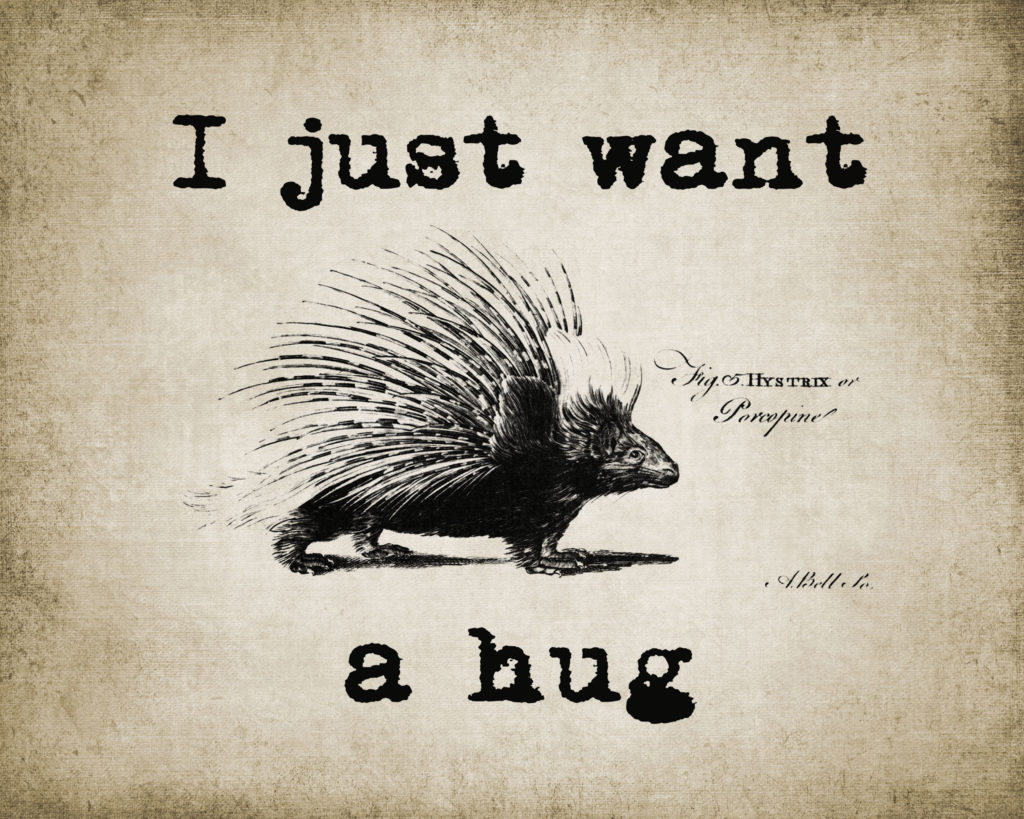Dear one, have you been feeling stuck lately? —Are there painful memories or thoughts looping in your head, hurting you over and over? —Do parts of your life get consistently neglected because it hurts to turn toward them? —Are repeating relational patterns wearing you down? —Do your biggest dreams keep getting back-burnered? If yes, I have […]
What Would Your Life Be Like if You Were Warmly Welcomed in Your Wholeness? A Love Letter to Your Nervous System
By the time we’re four months old, our interactions with our primary caregiver reveal whether or not we’ll have a secure or insecure attachment—our foundation for all our love relationships. We learn early and unconsciously which emotions our primary caregiver can welcome in themselves and in us. If they get angry or overwhelmed when we’re […]
What Does It Really Take to Not Give Up? A Simple Approach for Difficult Times
When the going gets tough, the tough get going. This is the advice our culture offers us about fortitude amidst adversity: If you’re tough, you’ll do something. If you’re not tough, well, toughen up. If that doesn’t work, there’s something wrong with you. Try harder. Rely on willpower. Buck up. Didn’t work? Buckle down. Try […]
How Would Your Life Change if You Could Ask for Whatever You Want?
I believe in the power of making requests. Vulnerable, specific, actionable requests. So many good things can happen when you make powerful requests: ~You offer people an opportunity to contribute to your life. ~You deepen your sense of self-connection and being “fully with” yourself. ~You exponentially increase your chances of having your needs actually met. […]
What Would You Do with Your Life if You Were Living Your True Purpose?
Almost two decades ago, I passed through a toll booth on the San Francisco Bay Bridge. I held out my money to a toll taker, and in return he beamed at me, his smile radiant and his eyes kind. With the buoyant warmth of a parent talking to their beloved child, he asked, “How are […]




